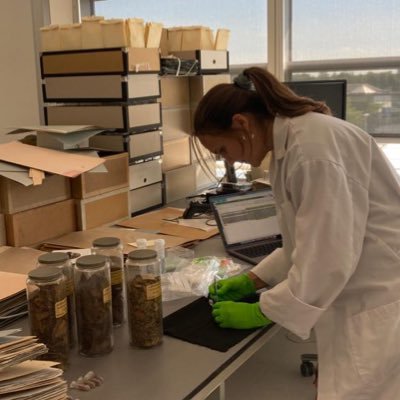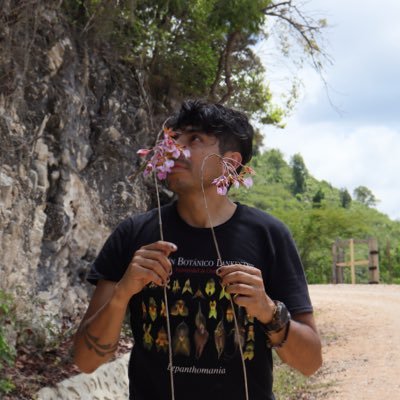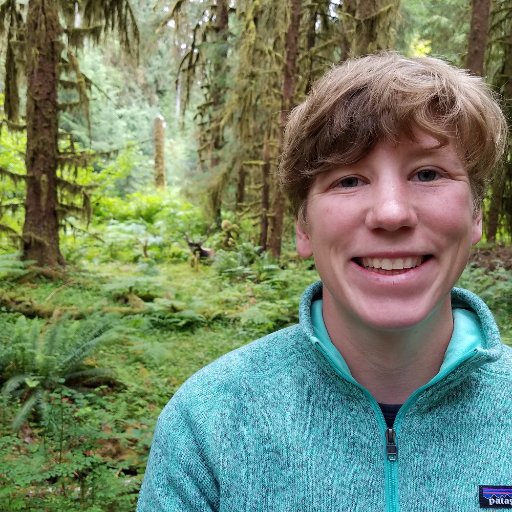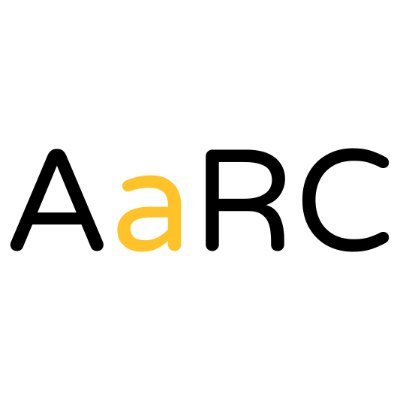
Natalia Przelomska
@natalia_chirps
Followers
374
Following
2K
Media
70
Statuses
471
Lecturer in Bioinformatics, Uni Portsmouth 🧬HRA RBG Kew 🌿HRA Smithsonian’s NMNH 🏛 ancient DNA, plant domestication, conservation genomics
London, England
Joined July 2015
7/7 This has been one of my favourite projects to work on, with a great collaborative team @undeaddandy @LoganKistler Torrey Rick, Matt Balazik and Leslie Reeder-Myers many thanks for all the guidance! 🐟🐟🐟🐟🐟
0
1
1
6/7 James River sturgeon have dual spawning, with genetically distinct populations, migrating upriver to spawn in either fall (autumn) or spring. The population bottleneck the sturgeon experienced amplified this separation through a process called genetic drift.
1
1
1
5/7 We demonstrate that James River Atlantic effective population size dropped by ~80% in the last 400 years. This is matched by a moderate drop in levels of genetic diversity in modern compared to pre-colonial era fish.
1
1
3
4/7 We applied a time series genetics approach, analysing DNA from Late Woodland archaeological sites, historic Jamestown and Williamsburg sites, as well as modern samples – cartilaginous spines and bony scutes!
1
1
2
3/7 In decades that followed, the Chesapeake Bay became one of the areas most heavily targeted by industrialised fishing, driving local Atlantic sturgeon close to extinction.
1
1
1
2/7 Atlantic sturgeon: an iconic, early diverging ray-finned fish, with anadromous behaviour and characteristic bony scutes. Of subsistence and cultural value to Native Americans for millennia. Also prized by early colonist settlers in North America in settlements eg. Jamestown
1
1
1
1/7 Snapshots into the history of #endangered #Chesapeake #Atlantic #sturgeon 🧬🐟🕰️ It’s populations are now closely monitored, but how do they fare following centuries of over-exploitation? We explored this question here: https://t.co/Zn3GR6OPwT
1
2
11
Muy feliz de compartir la nueva versión del póster del #ÁrboldelaVida de las #Orquídeas, una colab liderada por @KewScience +40 autores! Muestra lo último en relaciones #evolutivas, tiempos de origen de subfamilias y datos clave como la distribución global y %ssp amenazadas 🌸1/4
1
36
141
Job alert! #biodiversity #genomics in @antonelli_lab . As a former postdoc in the group happy to answer any questions!
0
0
2
Daisies in isolation 🌼🌻🏝️ Asteraceae is the most diverse plant family on oceanic islands and home to many spectacular island radiations. We explore the macroecology, drivers of diversity, and id many undiscovered radiations. 📰Paper in @NatureComms
https://t.co/qxcZYUo6BM
3
37
120
The speakers of our next #AaRCTikTalks are here! And this time, we have bears not only in the title! @IsaFeinauer will show her results on Scandinavian brown bear populaitons, while Natalia Przelomska will delve into the past of the endangered sturgeon from the Chesapeak.
2
5
10
So happy to see our paper featured on the cover (designed by yours truly☺️) of @MolBioEvol! 🌿The artwork shows the multi-faceted aspects of #coca discussed in our study, from #cocaine, leaf shapes, to its tradition & value for #indigenous ppl. Pls share! https://t.co/0DKNO0HZJl
2
40
168
Also check out this interview with the authors: "“This is important for Colombia’s biodiversity and for communities that use coca for traditional purposes, providing new information sources about the plants they depend on.”
scienmag.com
A new paper in Molecular Biology and Evolution, published by Oxford University Press, indicates that while the United Nations Office on Drugs and Crime has collected annual data on areas of coca...
0
2
3
7/7 This was a truly collaborative pursuit, spearheaded by @latinorchidbot & @dipterocypsela w/ Alex Antonelli @antonelli_lab Taxonomic, phylogenomic, plant evolutionary expertise contributed by Rocío-Cortés-B @LoganKistler @gaballench @marthonio_ Dan H Chitwood Susanne S Renner
0
2
6
5/7 Reliable ID will ultimately require genomic markers. With plastid and nuclear #phylogenomics, we demonstrate gene flow in the clade of #coca and its #wildrelatives and lower support of E. coca varieties cf. E. novogranatense varieties
1
2
6
4/7 #Morphometrics supported aspects of the #domestication syndrome of coca – evolution of greater leaf roundness and possibly also obovate leaf shape. Traits suggesting higher human palatability and ease of harvest.
1
2
6
3/7 The most reliable characters for morphological ID: leaf shape & size. We tested their power to distinguish taxa using #morphometrics. Strategy designed by Rudy Diaz. #Coca can be distinguished from its closest wild relative, but high overlap amongst coca varieties and species
1
3
6
2/7 #Coca is a leaf crop with #medicinal #nutritional and #cultural properties – a key useful plant for South American people from several millennia ago up until today. Much more than #cocaine – just one of many alkaloids this plant produces.
1
2
7
1/7 New research spotlights the challenge of taxonomic ID in the #coca plant (Erythroxylum spp.) using an integrative approach of morphometrics and genomics. Applications: describing biodiversity in this #leaf crop & better characterisation of plantations
academic.oup.com
Abstract. South American coca (Erythroxylum coca and E. novogranatense) has been a keystone crop for many Andean and Amazonian communities for at least 8,0
1
37
115





